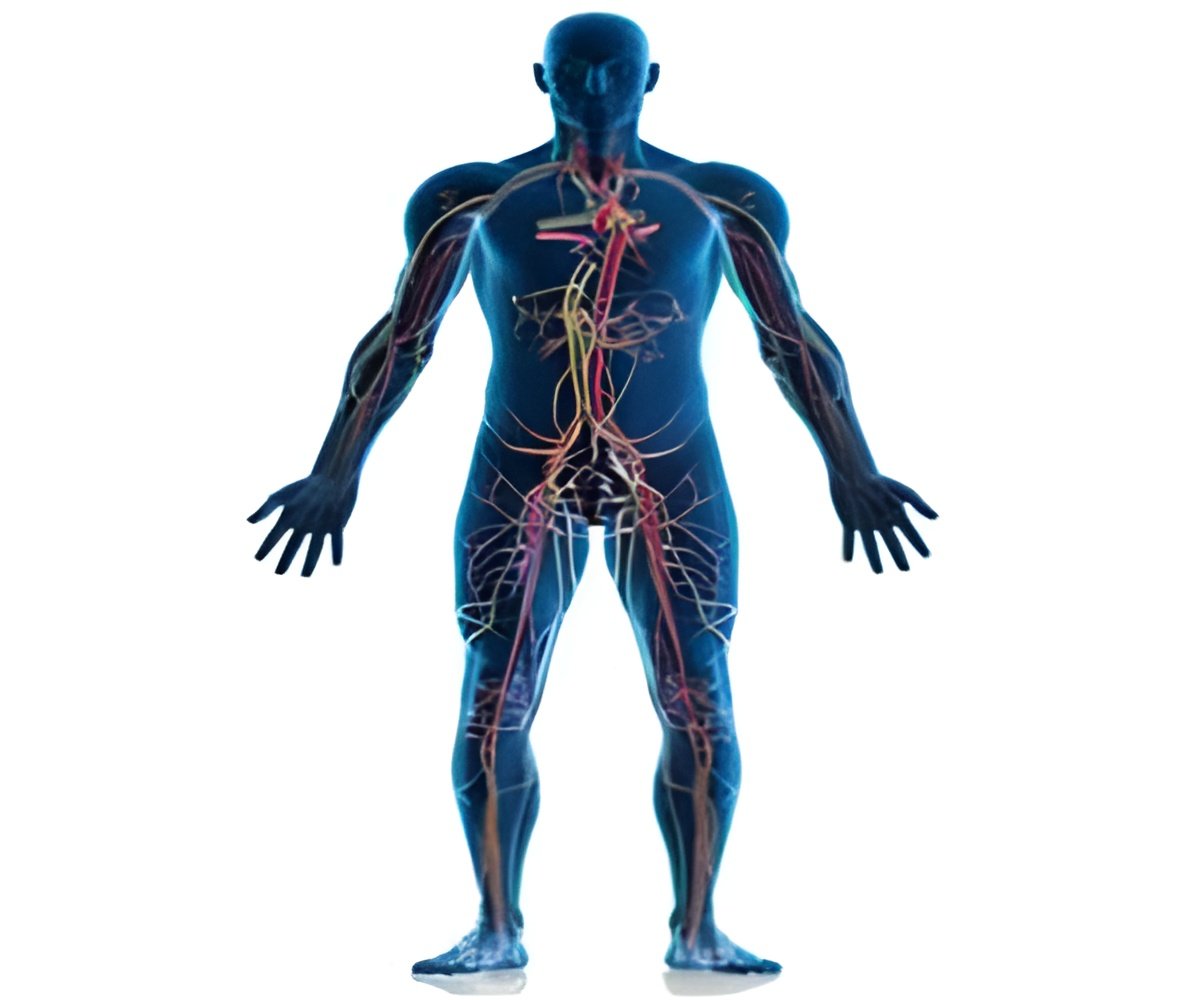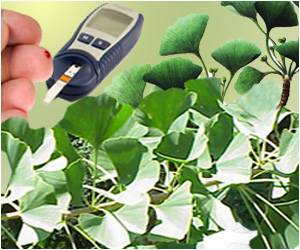A landmark study using genetic tracing found a previously unknown type of stem cell to be the real cause for vascular diseases.

The guilty party is not the smooth muscle cells within blood vessel walls, which for decades was thought to combine with cholesterol and fat that can clog arteries. Blocked vessels can eventually lead to heart attacks and strokes, which account for one in three deaths in the United States.
Instead, a previously unknown type of stem cell — a multipotent vascular stem cell — is to blame, and it should now be the focus in the search for new treatments, the scientists report in a new study appearing June 6 in the journal Nature Communications.
"For the first time, we are showing evidence that vascular diseases are actually a kind of stem cell disease," said principal investigator Song Li, professor of bioengineering and a researcher at the Berkeley Stem Cell Center. "This work should revolutionize therapies for vascular diseases because we now know that stem cells rather than smooth muscle cells are the correct therapeutic target."
The finding that a stem cell population contributes to artery-hardening diseases, such as atherosclerosis, provides a promising new direction for future research, the study authors said.
"This is groundbreaking and provocative work, as it challenges existing dogma," said Dr. Deepak Srivastava, director of the Gladstone Institute of Cardiovascular Disease at UC San Francisco, who provided some of the mouse vascular tissues used by the researchers. "Targeting the vascular stem cells rather than the existing smooth muscle in the vessel wall might be much more effective in treating vascular disease."
Advertisement
The scar tissue, known as neointima, has certain characteristics of smooth muscle, the dominant type of tissue in the blood vessel wall. Because mature smooth muscle cells no longer multiply and grow, it was theorized that in the course of the inflammatory response, they revert, or de-differentiate, into an earlier state where they can proliferate and form matrices that contribute to plaque buildup.
Advertisement
Source-Eurekalert














